Before adding videos, you need to create categories for grouping videos in the platform.
Select the Media Channel section, and go to the categories menu.
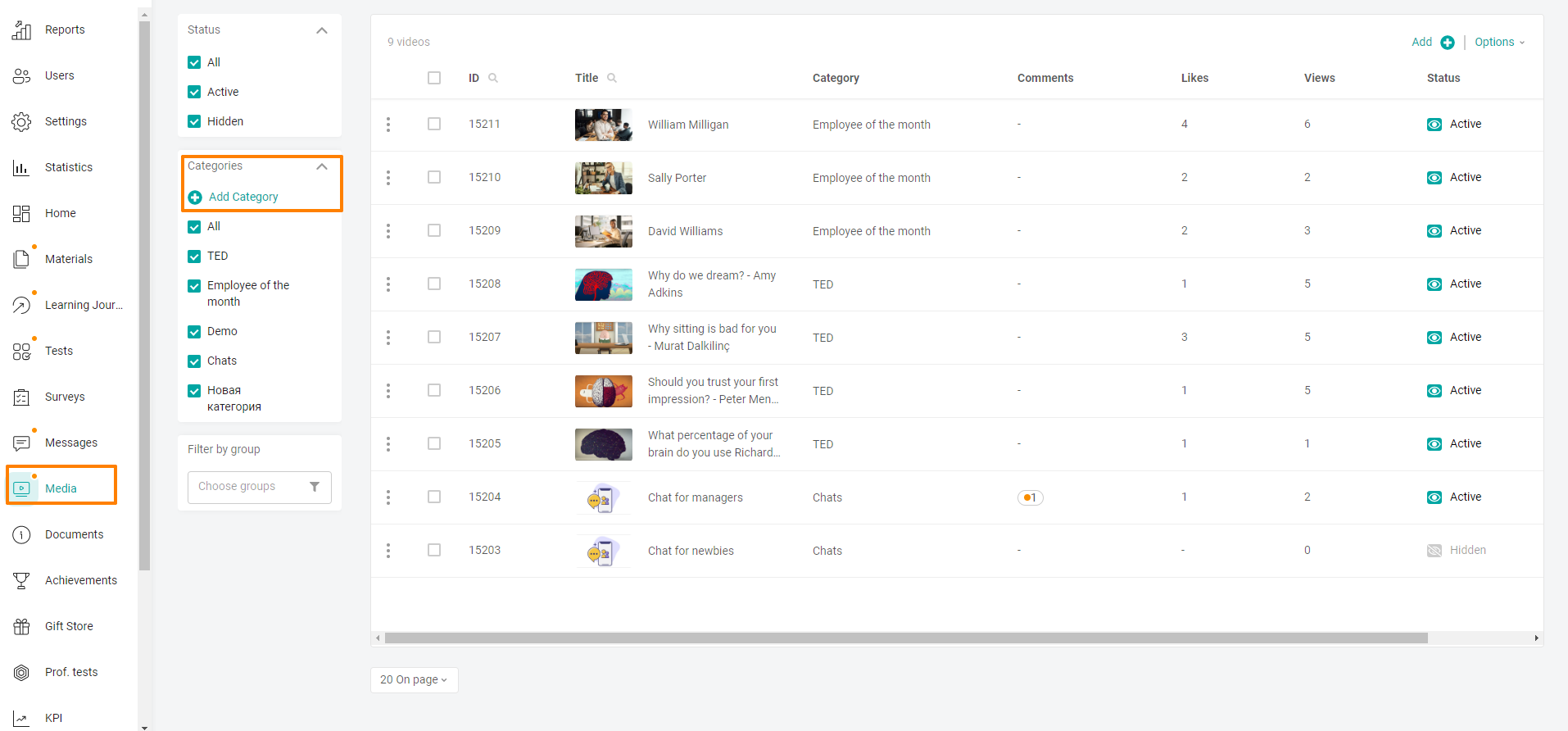
Click on the +Add Category button.
In the Category context menu, enter the category name in the text field, for example, "Useful" and click Save.
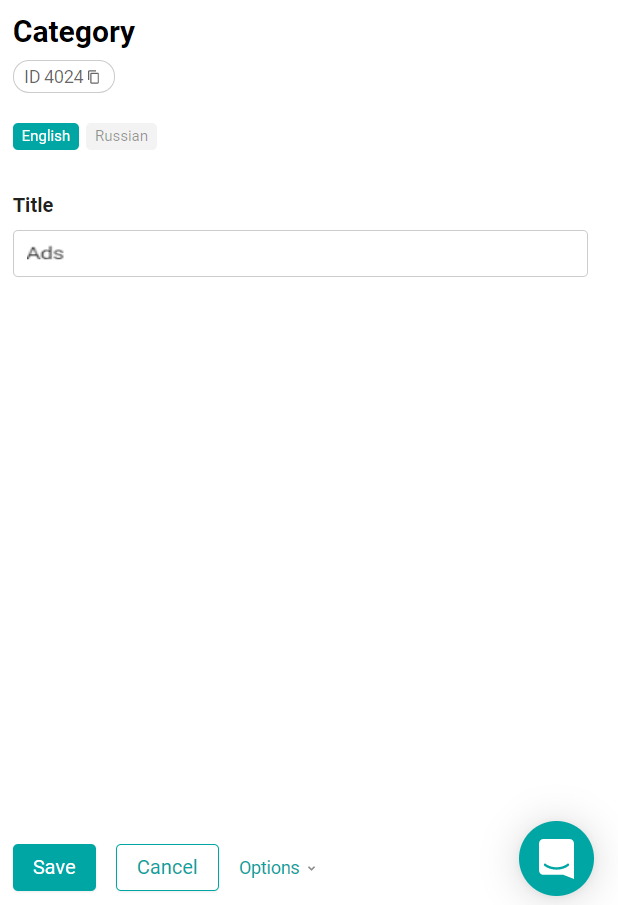

To change the category name or delete it, hover over the category and select the edit button. In the context menu of the Category, change its name and save the changes by clicking the Save button. To delete a category, click Delete and select Done in the confirmation window.
Example of adding an article
To create a material, click on the +Add button.
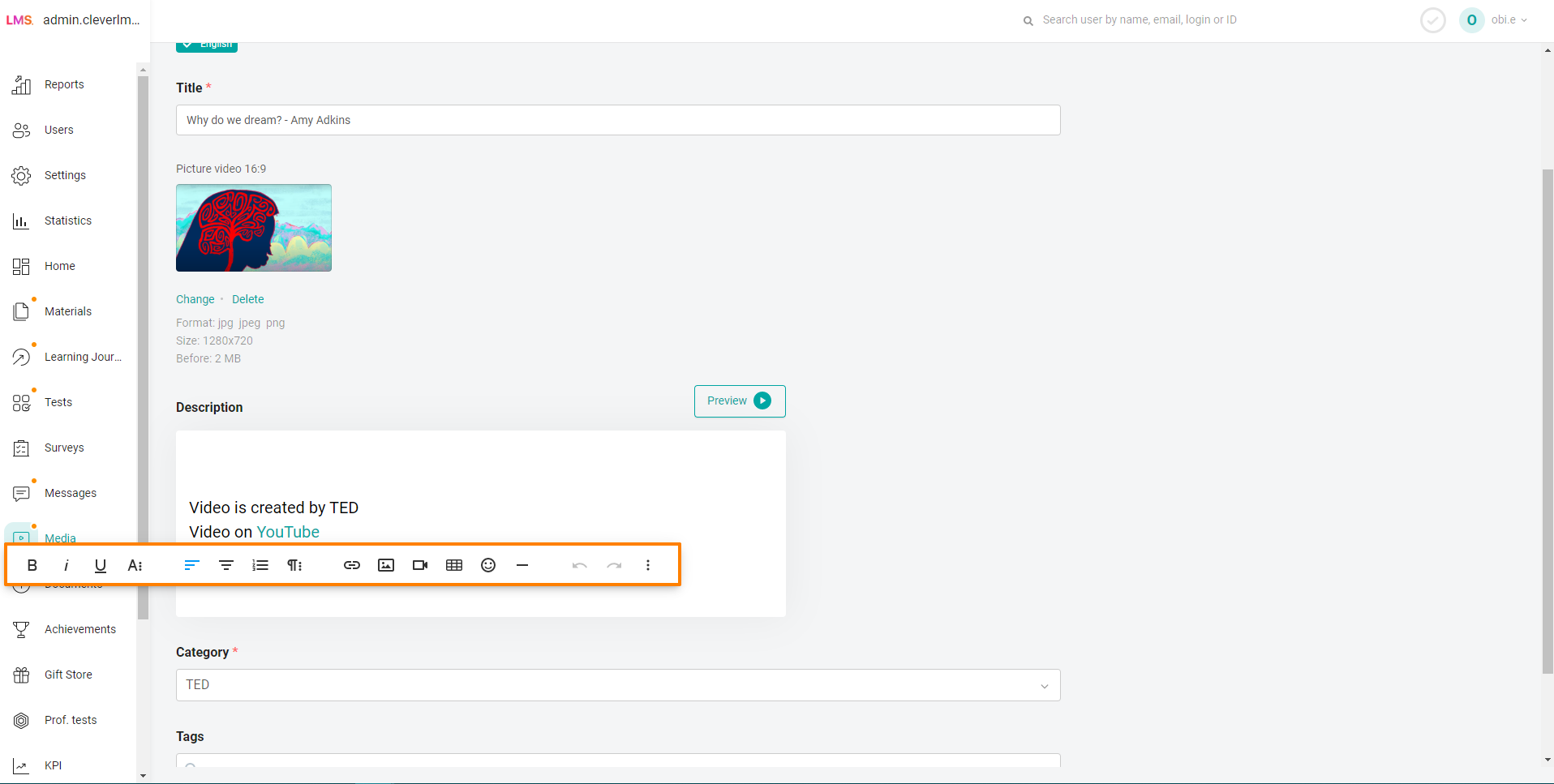
Fill in the Name of the material in the text field, select a pre-created category, add Tags and a cover.
When ready, go to the content of the article: fill in the "Description"
The article has a built-in editor with an extended set of tools that allows you to add:
Text. You can change fonts, sizes, color text, set alignment, arrange text around the picture.
Links (external and internal) by analogy with other sections.
Images.
Links to videos. The video will play in the article. It is important that the site in which the video is located can play it in a frame, and the site is allowed. For example, the default enabled service is www.youtube.com.
Tables.
Smilies.
Footnote lines.
Once added, all elements can be edited. To do this, click on the element (select it) and a panel for editing will appear.
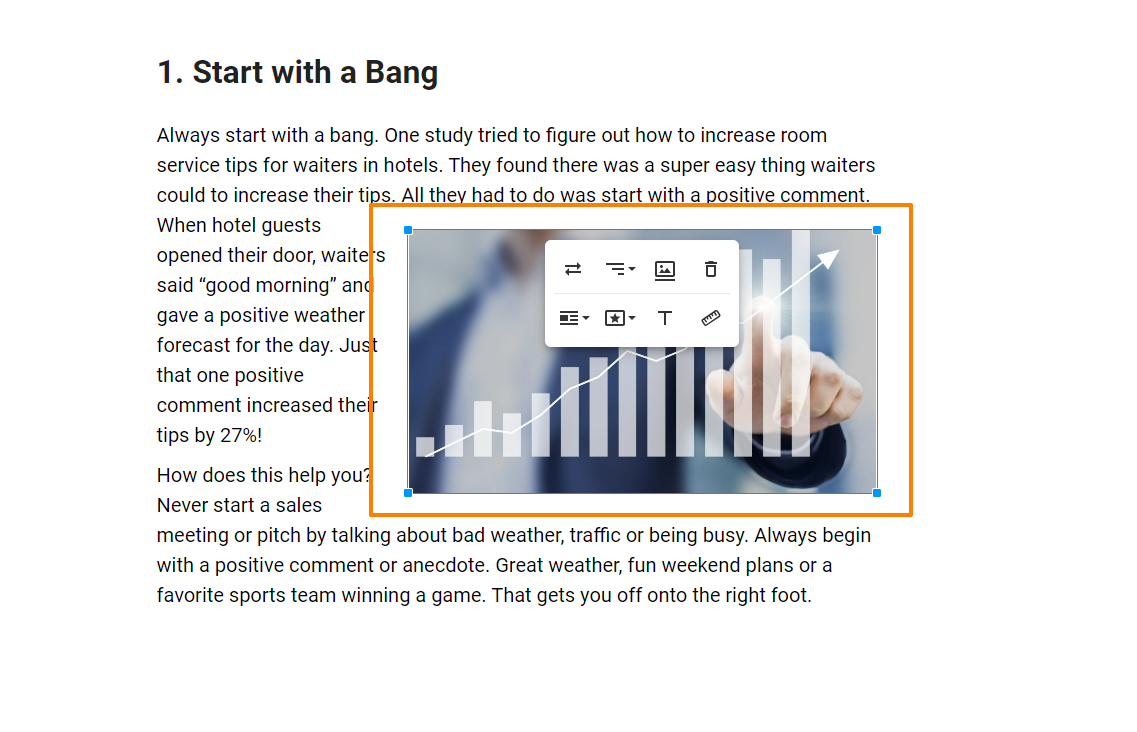
Let's see how to add elements.
1.Text.
You can write the text yourself or copy it from another editor while maintaining the format.
Next, select a part of the text for editing.
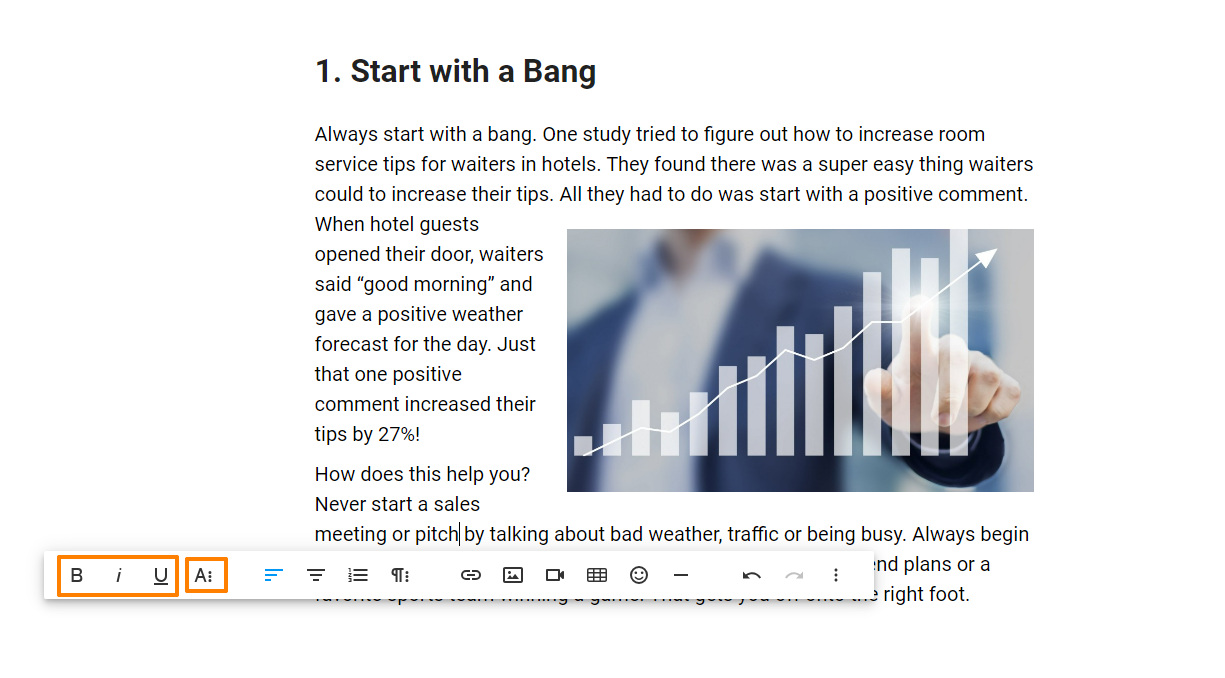
In it, you can change fonts, sizes, color it, color the background, set alignment, place it around the picture, set numbered, bulleted lists, quotes.

In order to set text wrapping around the image - click on it and select Inline:
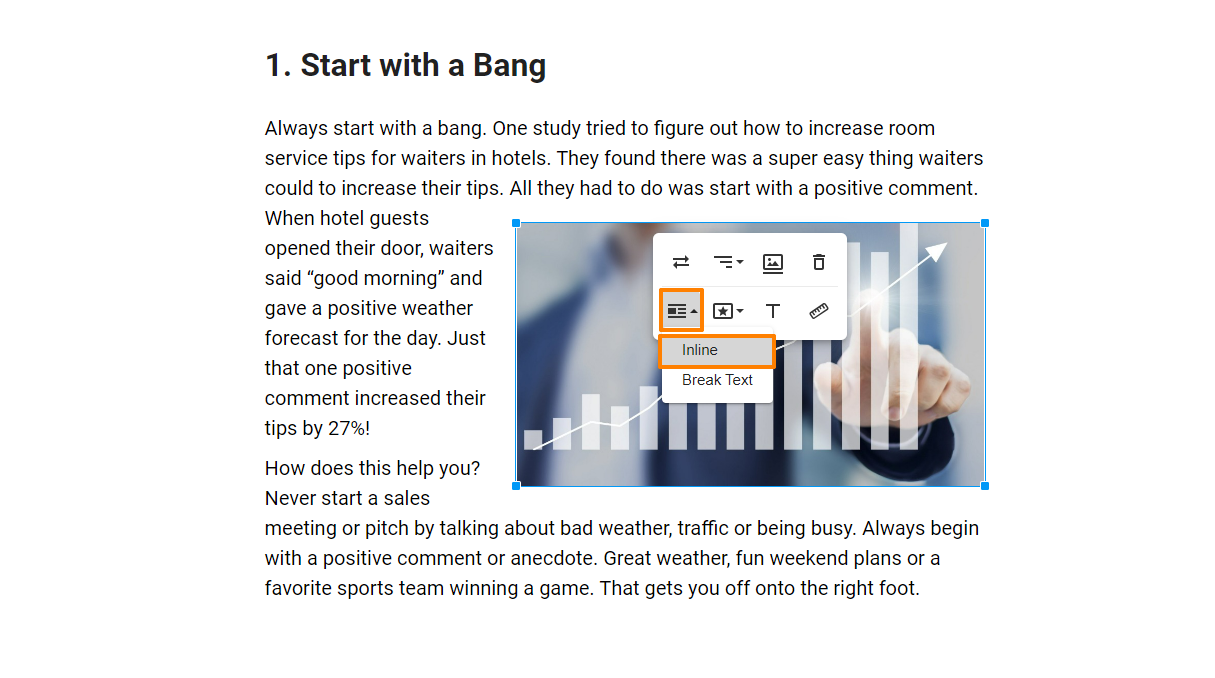
Important!
When copying already prepared and formatted text from external editors to material on the platform, it is important to understand that in the digital environment there are a large number of different tools for working with text, each of which can have its own markup language.
Some of them may not be supported by our editor.
If the markup language of a particular external tool from which the formatted text is copied is not supported by our platform, you will see that the text was copied incorrectly and formatting is partially or completely missing.
Please, after copying text from an external source, be sure to check whether everything was copied correctly.
If the text is copied with partial formatting, we recommend that you paste it using the key combination CTRL+SHIFT+V.
This keyboard shortcut will copy the text to the material on the platform without formatting.
After that, you will need to format the text to your liking using the built-in features in the material on the platform.
2. External and internal links work similarly to other sections.
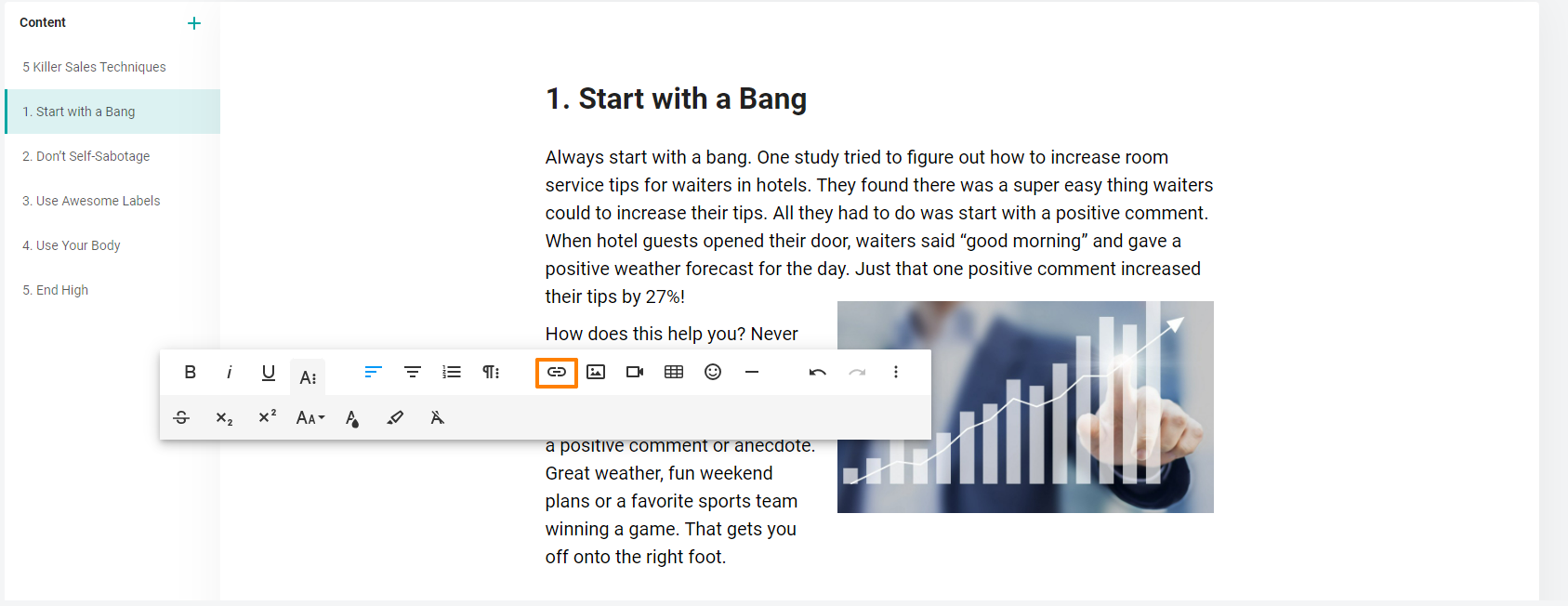
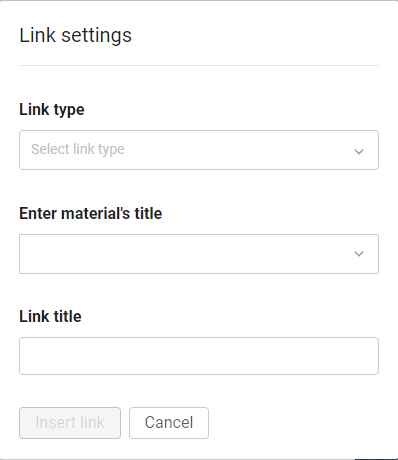
Links are divided into:
1. External - to any external source. For example, a link to a video from your disk, where access to the link is provided to everyone to click on it.
1) In the link type, specify "External link".
2) "Insert an external link" - copy the link to the source in the address bar and paste it into our field.
3) Specify the "Link name". The text that will be clickable, by clicking on which the user will follow the link.
2. Internal - on materials from the application. For example, for an introductory training program for beginners.
1) To do this, select the section in which the material for the link is located.
2) In the "Name of the material" field, we search and select it by name or id.
3) Specify the "Link name". The text that will be clickable, by clicking on which the user will follow the link.
Important: when you link to external or internal materials, you need to take into account that users have the same access in the message in which they posted the link and in the material to which the link leads.
3. Pictures.
We can choose from a computer or place a link to an image posted in an open source.
It is advisable to choose pictures without text, as they do not increase when clicked.
Picture size:
If you set it to fixed, it will be displayed on all devices of the size you specified, without adjusting to the user's screen.
Therefore, we recommend setting the size to auto - it adjusts to the user's screens.
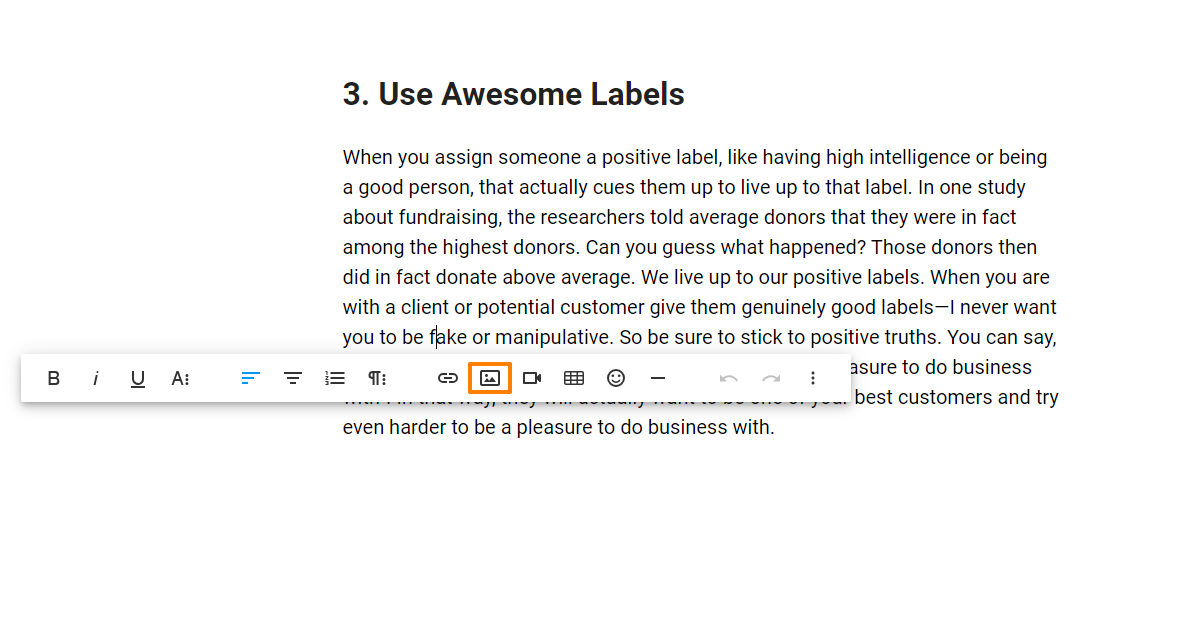
If you have already pulled the picture, you can return its size to auto by setting it in the parameters (click on the ruler).

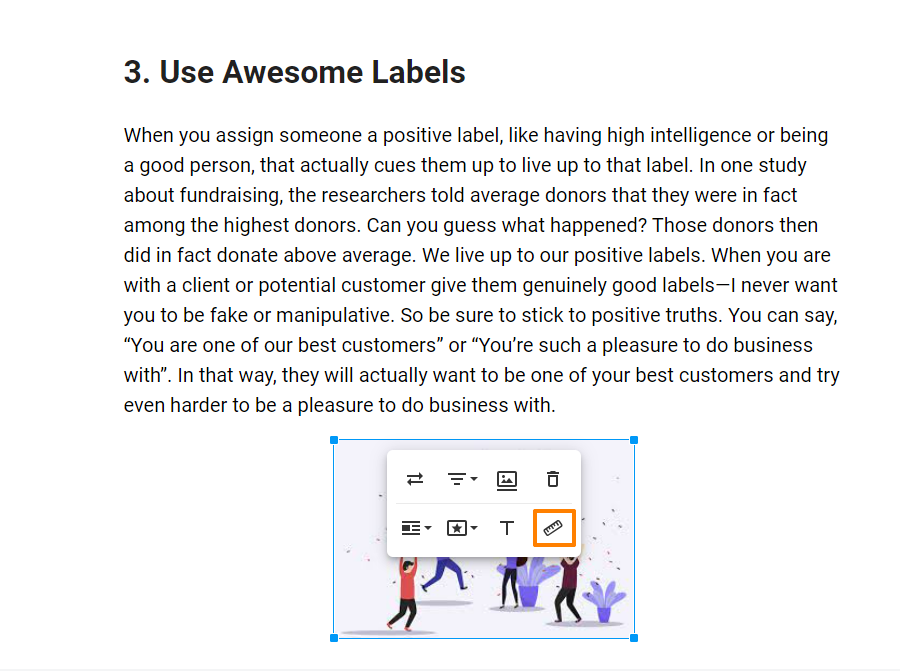
After downloading, we configure the size, location, etc.
4. Links to the video. The video will be played in the article.
The video will not play in the article, if the youtube video is uploaded to Shorts, it will not play (similarly from google drive).
In other cases, playback is possible.
It is important that the site where the video was located could play the video in a frame and the site was allowed. For example, the default allowed service is www.youtube.com .
Embed the recommended video using html code.
After you have copied the code, paste it into the appropriate field.:

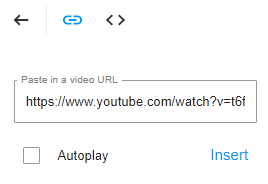
Add a link. For example, from YouTube.
Specify whether it will be played automatically. And click - insert (insert).
After adding it, you can also adjust the size, location.
5. Tables.
Select the tables.

Specify the number of columns and rows by moving the mouse cursor to the right, left and down, up
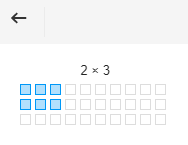
The elements can be painted. It is possible to add columns or rows to the table after it is created.

6. Emoticons.
You can add emoticons from the list without restrictions.

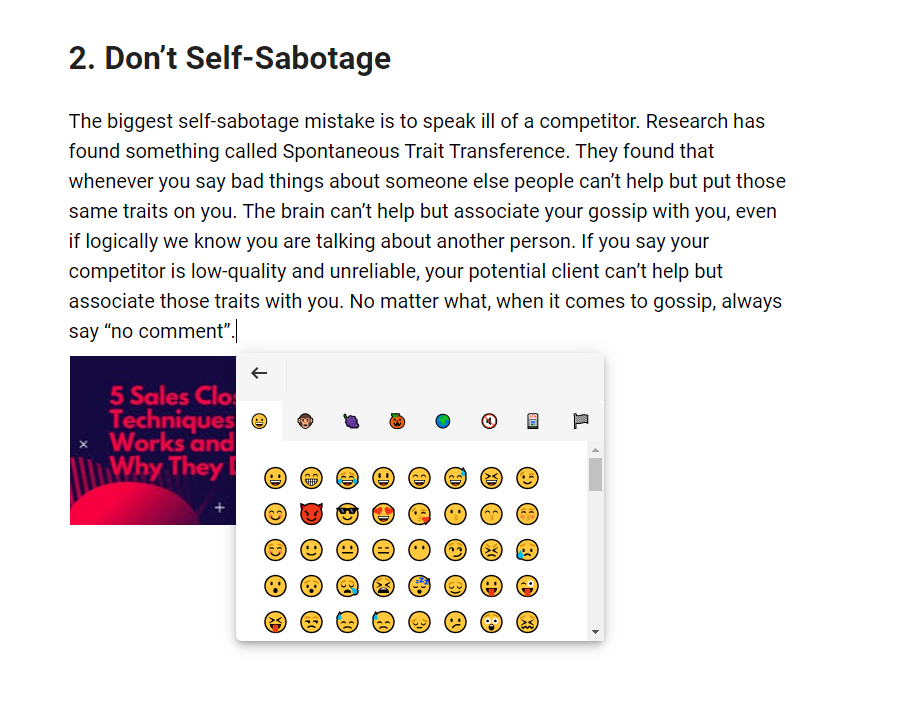
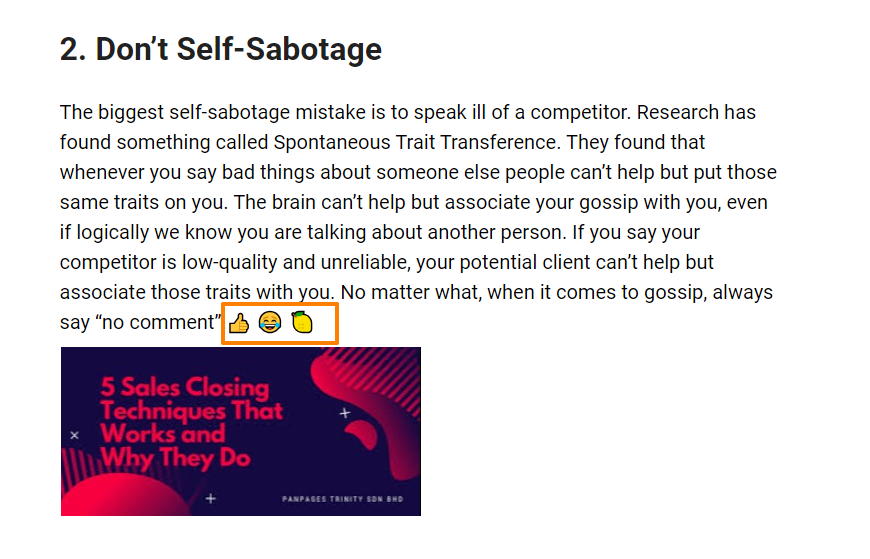
7. The footnote line.
It can separate chapters in your article.

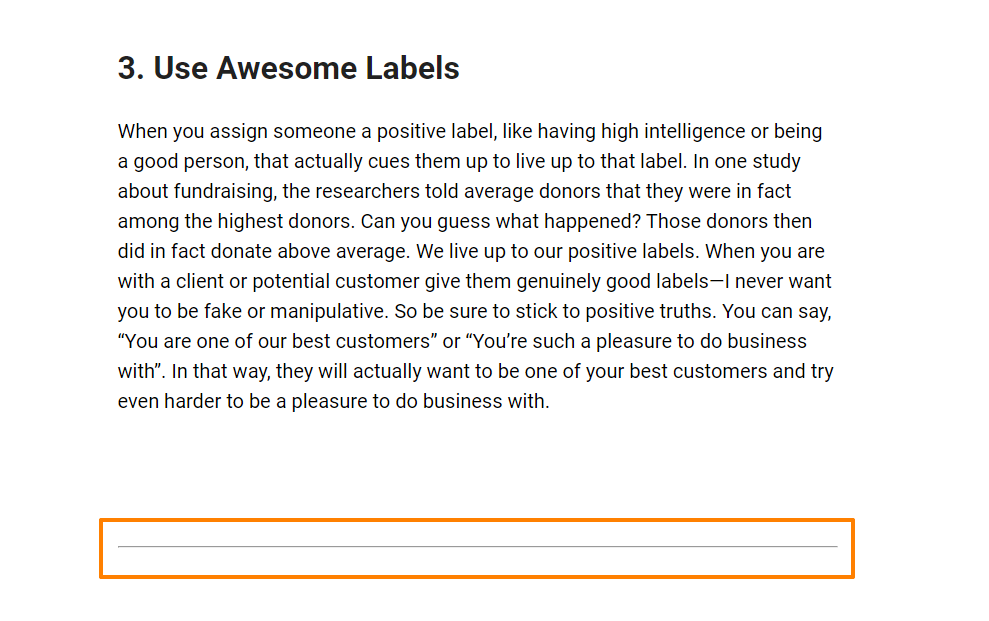
At the end of editing the material, you can use the preview function to make sure that the article is displayed correctly on different screens.
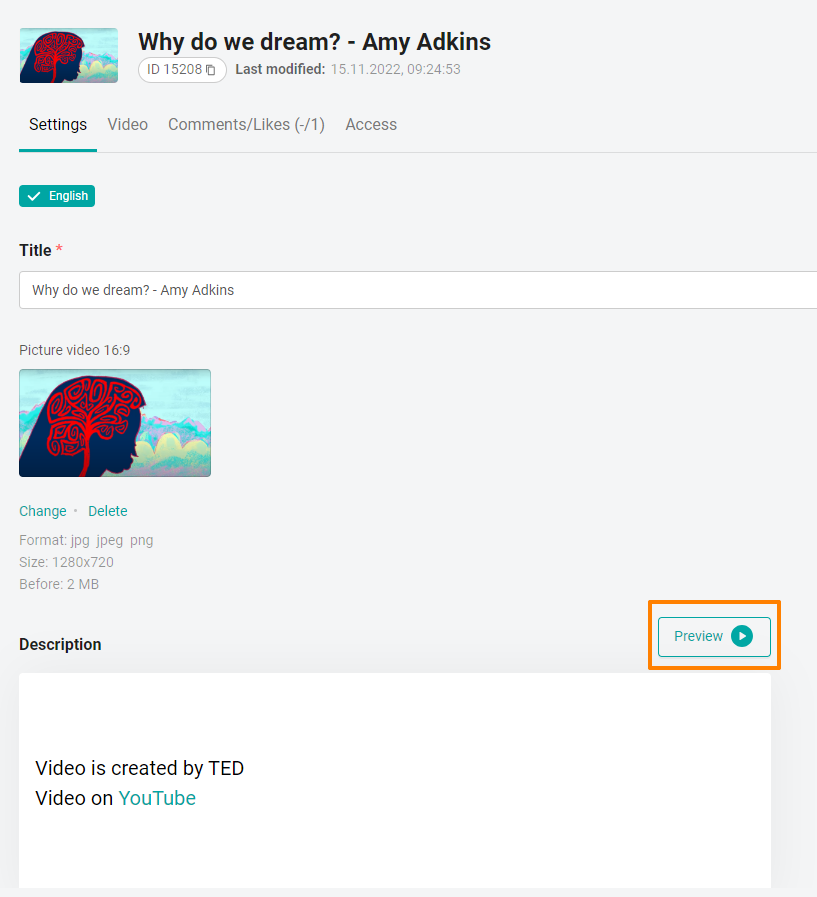
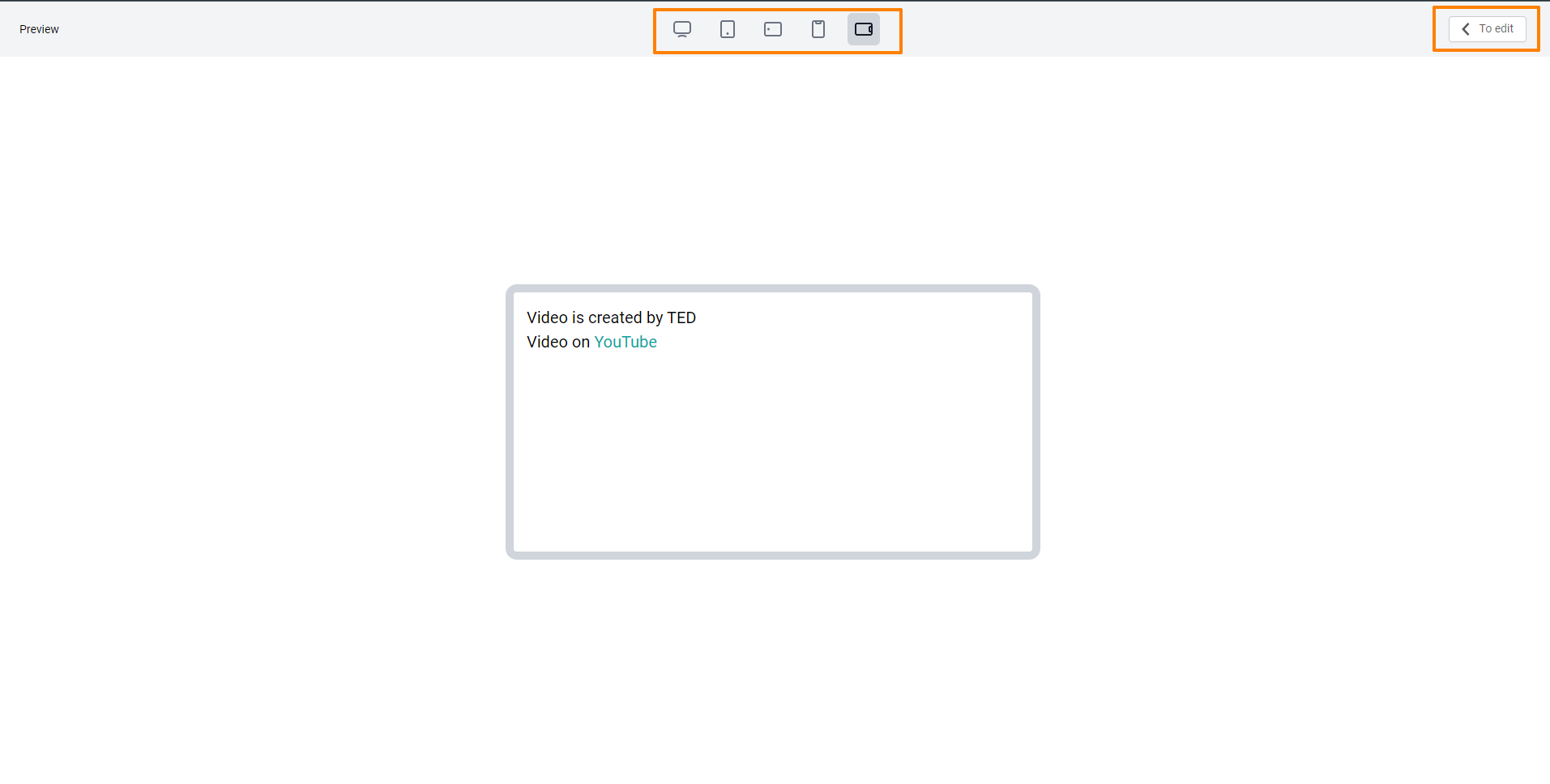
After viewing, to return to the editing screen, click "To edit".
Tags are keywords by which the video will be displayed in the search. Enter the keyword and press the "Enter" button on the keyboard, or click the mouse outside the active field. When entering a tag, a search is performed for existing tags. You can select the desired tag.
Note: Tags are case-insensitive and can contain no more than 30 characters. One tag can be added to the material only once. Tags exist in the system as long as they are linked to at least one material. After untying the tag from the last material, this tag is deleted.

The checkbox "Allow comments to this material" (set by default).
If the checkbox is installed, then users and administrators have the opportunity to specify a comment to the material.
The status shows the availability of the video in the platform - whether it is visible to the user or not. It has two values "Hidden" or "Active".
Note: The Video Status toggle is activated after the entire video is filled in. If several languages are included in the company, then it is necessary to fill in all localizations. Switching the available content languages is located at the top of the form.

After filling in the basic settings, click Save Changes and proceed to the next stage of granting access to the material.
If you do not have enough information, please give feedback at the link: Suggestions for improving articles.
We are waiting for your requests.
We wish you a great day!
